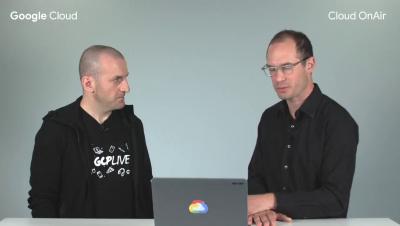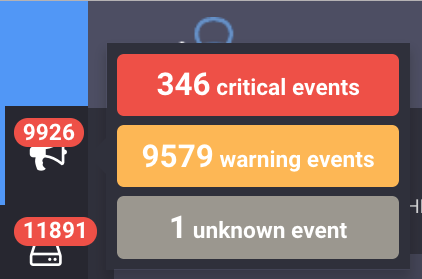Operations | Monitoring | ITSM | DevOps | Cloud
%term
September 2018 Online Meetup: Understanding Storage Options for Kubernetes using Rancher & Longhorn
Connect Insights to Real-Time Action With PagerDuty Visibility
Have you ever gotten that dreaded text from your boss: “The site is down”? Maybe you were meeting with a customer. Or having dinner with your family. Maybe you were presenting at a conference. Doesn’t matter. Whatever else you were doing, now you’re doing emergency incident communication too. You check in with your team leads and confirm there is a problem. You let your boss know the response is under way.
The Honeycomb Beeline for Go v2 is...Go!
We’ve seen folks do amazing things using our Honeycomb Beelines–getting their apps instrumented in next-to-no time, expanding their observability, growing their understanding of what is happening in their code in production. Now, prepare to do more with improved tracing support!
How AI/ML Helps Retailers Keep 3 Promises This Holiday Season?
Another holiday season will soon be upon us, and many retailers and eCommerce businesses are already making plans. As you take inventory of what you learned last holiday season, let’s start with some lessons learned by the entire retail industry this time last year. In addition to stocking up on hot items and planning your promotions, the most competitive sites found that using AI/ML to optimize customer experience not only kept customers happy, it dramatically increased their revenues.
What Is Lambda Architecture? (for dummies)
From ancient Rome and Greece throughout Latin America and Egypt, there is only one thing beside the history itself that kept those ancient times alive even today – the architecture. The most important part of any era in our immersive history was the building of magnificent objects all around the world. These objects, even today, are some of the many wonders of the world.
Will Layer 3 Switches Give Routers the Boot?
Super Monitoring Decorated with 2 Distinctions for Application Performance Monitoring Software
Super Monitoring was recently lauded by a popular software review platform for its steadfast assistance in keeping everyone’s business operations smooth and seamless at all times. For its efficiency in informing users regarding emerging issues and anomalous threats, Super Monitoring was distinguished by the FinancesOnline SaaS review platform with two prestigious awards for 2018: Great User Experience and Rising Star.
Alert fatigue, part 1: avoidance and course correction
Alert fatigue occurs when one is exposed to a large number of frequent alarms (alerts) and consequently becomes desensitized to them. This problem is not specific to technology fields: most jobs that require on-call, such as doctors, experience it in slightly different manners, but the problem is the same.
Icinga 2 DSL Feature: Namespaces coming in v2.10
Under the hood, Icinga 2 uses many constants and reserved keywords, e.g. “Critical” or “Zone” which are respected by the config parser and compiler. This sometimes leads to errors when users accidentally override such things, or re-define their own global constants. v2.10 introduces namespaces for this purpose, and ensures that such accidents won’t happen anymore.











